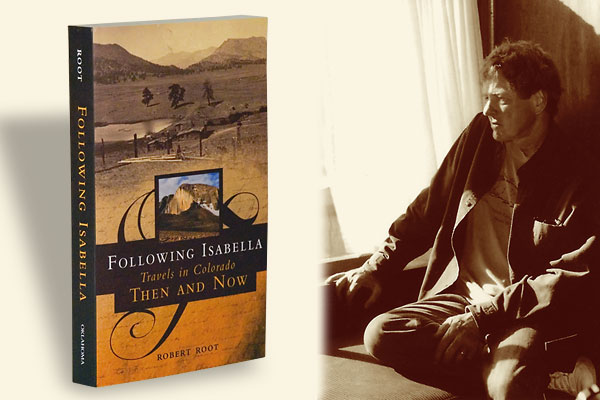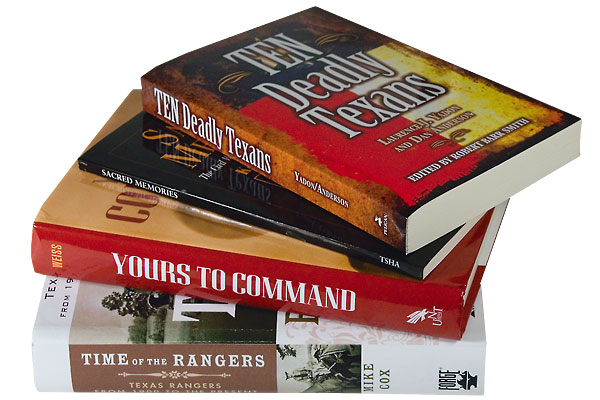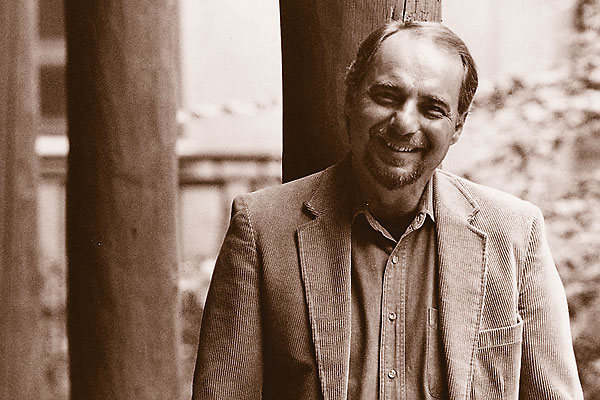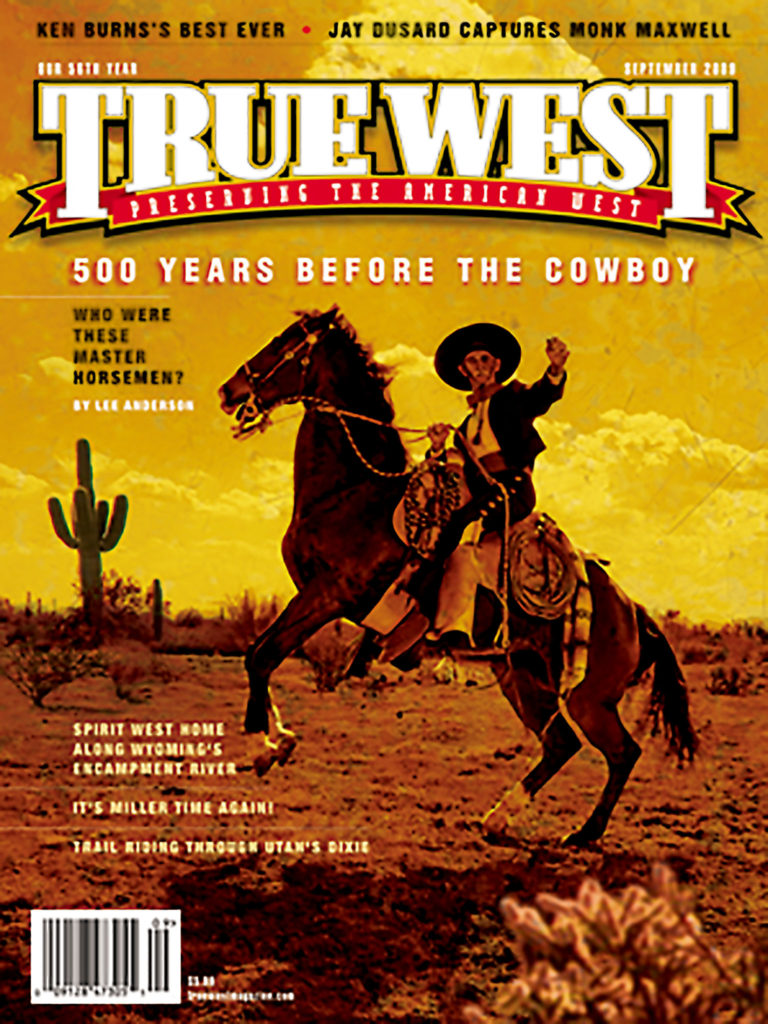
I admire books where a writer uses another writer’s book as a guide to the territory, as Ivan Doig does with a 19th-century diary in Winter Brothers or as Richard Holmes does with Robert Louis Stevenson’s Travels with a Donkey in the Cévennes in a section of Footsteps: Adventures of a Romantic Biographer.
When my wife Sue and I decided to move to Colorado, I immediately started looking for creative nonfiction works that would help me understand where we were headed. Isabella Bird was a tireless traveler who wrote books around the world that are largely still in print. A Lady’s Life in the Rocky Mountains was an ideal introduction to Colorado in the early days of settlement: readable, entertaining and informative. Once I realized I could visit everyplace she went in day trips and still make it home for supper, I decided to see where that would lead and what I could learn about Colorado. By traveling in the time of the earlier writer, Bird (1873), as well as in my own time, I ended up writing a book that resulted in both me and the reader becoming not only sojourners in an unfamiliar place, but also time travelers.
Following Isabella Bird’s trail, drawing on narratives by other writers of the same period, living in the cabin of the famous Emporia, Kansas, newspaper editor William Allen White and thinking about his experiences all engaged me in a conversation about Colorado that made me more attentive to what I was encountering and gave me a way to make discoveries about my relationship to these places that I might not have made on my own.





